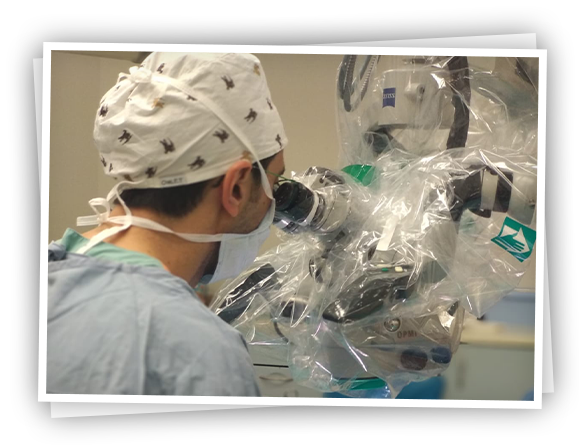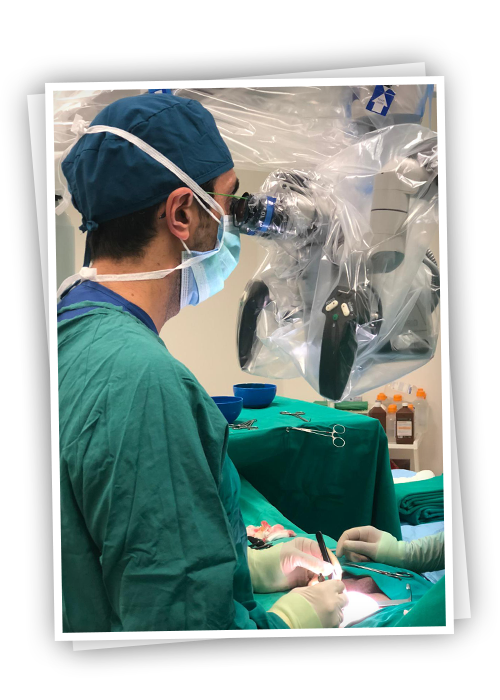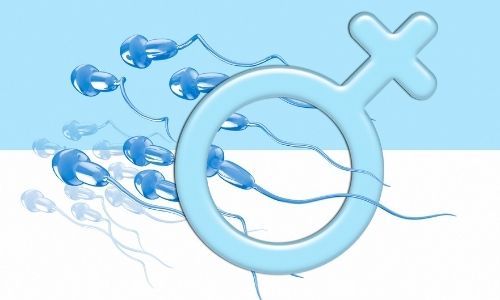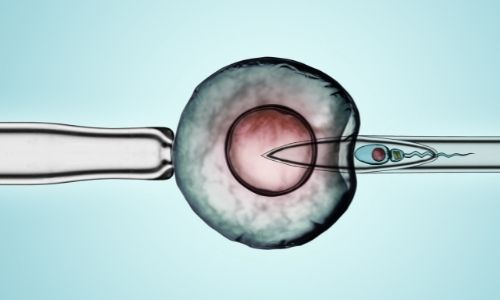Who Should Be Treated for Varicocele?
First of all, unfortunately, there is no drug treatment for varicocele. Microscopic varicocelectomy surgery is recommended in patients with impaired sperm values, if this situation cannot be explained by a reason other than varicocele. In the investigation of infertile couples, the varicocelectomy operation performed in those with impaired sperm values increases the potential and chance of having children naturally.
Even if sperm parameters are normal, varicocelectomy may be recommended if DNA damage is detected in couples who cannot have children. After varicocelectomy, improvement in sperm values and improvement in sperm DNA damage are observed. Varicocelectomy also increases the chance of success in assisted reproductive methods.
Should Varicocele Caused by Testicular Pain Be Treated?
Varicocele can cause testicular pain that impairs the quality of life, especially in young people and people who work on their feet actively all day long (such as teachers, police officers, clerks). However, this pain resolves in 48-90% of patients after surgery. Due to the high chance of success, surgical treatment is recommended for these patients by providing detailed information in advance.
Varicocele Surgery, Which Method Is More Successful?
Although there are different surgical techniques described so far for varicocele, the method with the highest success and lowest complication is microscopic varicocelectomy. With an incision of approximately 2 cm made in the groin, the veins coming out of the testis are separated and ligated.
With the use of microscopes that help us to see the operation field in more detail, the success of the operation has increased and its complications are minimized. With microscopic varicocelectomy, the arteries feeding the testis, nerves and lymphatic vessels carrying fluid from the testis are preserved and not damaged.
The surgery is an operation that requires fine dexterity and microscope experience in a small area. Surgery is performed under spinal (waist numbing) or general anesthesia.
How is Post-Operative Follow-up Performed?
Patients are discharged in the evening of the same day or the next day. They can take a bath after 48 hours. As the skin is closed with hidden aesthetic sutures, no stitches are required. There may be redness and mild swelling at the wound line for the first few days. After a few days, they can return to light activities and normal life. 4 weeks should be waited for sexual intercourse. Again, heavy exercises should be avoided for 1 month.
The results of the treatment appear in the sperm tests done in the following months. 60-80% improvement is seen in sperm values. Spontaneous pregnancy occurs in 40-60% of patients.
Does the Use of Micro-Doppler Increase the Chances of Success?
In the operation area, it is aimed to separate and connect the damaged veins that take the dirty blood from the testis. Using a microscope, these veins are differentiated from arteries (arteries) and lymphatic vessels. Thanks to the 1.5mm diameter micro-doppler we use, the safety and success of the surgery increase. As is known, the Doppler device shows the blood flow in the arteries and allows us to protect them.
“The information on this page has been prepared to enlighten patients. Please contact our doctor to get comprehensive information about diagnosis and treatment.”

















